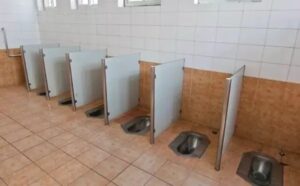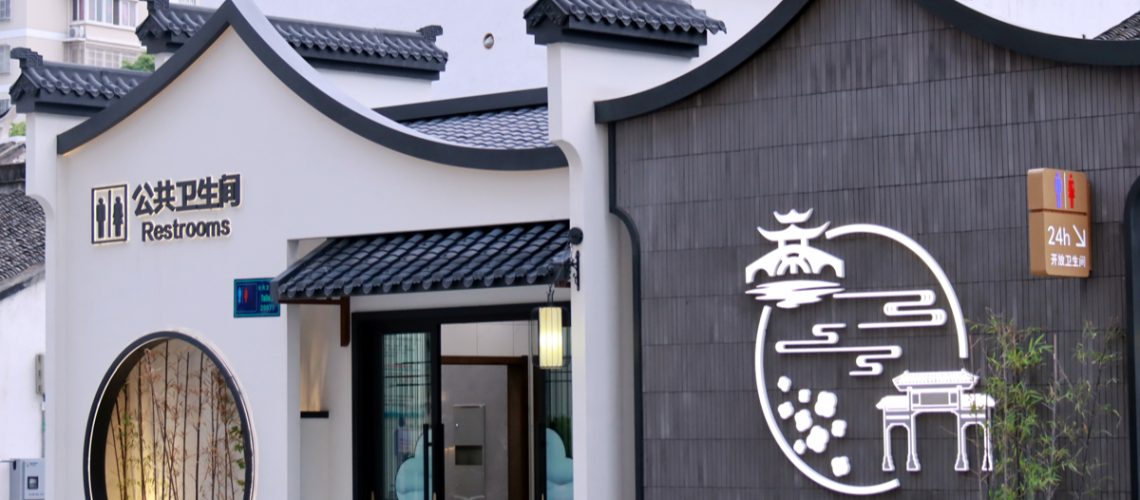China’s Toilet Revolution: A Long Road Toward Global Standards
 When China launched its ambitious “Toilet Revolution” in 2015, it signaled an important shift in the country’s domestic priorities. No longer just focused on skyscrapers and high-speed rail, the government recognized a fundamental truth: public sanitation is a key marker of civilization — and a crucial part of the tourist experience.
When China launched its ambitious “Toilet Revolution” in 2015, it signaled an important shift in the country’s domestic priorities. No longer just focused on skyscrapers and high-speed rail, the government recognized a fundamental truth: public sanitation is a key marker of civilization — and a crucial part of the tourist experience.
With China opening its doors wider to the world through trade, international education, and booming tourism, it became clear that the state of public toilets was harming the country’s image. Travelers often praised China’s modernity in transport and tech, but balked at squat toilets with no doors, missing toilet paper, strong odors, or even a lack of running water.
So, why is this “toilet revolution” taking so long to catch up with the rest of the modern world?
What Is the Toilet Revolution?
The “Toilet Revolution” was introduced by President Xi Jinping in 2015 with the aim of improving hygiene, especially in rural areas and tourist destinations. The campaign focused on:
-
Renovating or building tens of thousands of public toilets.
-
Introducing modern fixtures, including flush systems and Western-style seated toilets.
-
Improving maintenance and cleanliness standards.
-
Training staff and educating the public on proper hygiene habits.
By 2020, over 68,000 restrooms were reported to have been upgraded across the country. On paper, this appears to be major progress — and in certain cities like Beijing, Shanghai, and Shenzhen, visitors will indeed find clean, modern toilets in malls, train stations, and new public facilities.
The Reality: Progress Is Uneven and Slower Than Promised
Despite the initiative, the on-the-ground reality tells a mixed story:
1. Urban-Rural Divide
While big cities have seen improvement, many rural towns, bus stops, and local attractions still offer outdated, unclean, or semi-functional restrooms. In some places, toilets still lack basic amenities like:
-
Running water
-
Soap or hand sanitizer
-
Toilet paper
-
Enclosed stalls or doors
This sharp contrast between gleaming city centers and under-maintained public toilets leaves a lasting negative impression, especially on foreign visitors.
2. High Traffic, Low Maintenance
In many public areas, the sheer number of daily users overwhelms local cleaning schedules. Even recently upgraded toilets can become unpleasant if not maintained regularly. Maintenance, not infrastructure, is now the weak point.
3. Cultural Habits and Resistance to Change
While the government has tried to introduce more Western-style toilets, squat toilets are still culturally entrenched. Many locals — especially older generations — prefer them, and they are often seen as more hygienic (no body contact with a seat).
In addition, public hygiene behavior (such as proper disposal of waste, cleaning up after use, or flushing) varies greatly, and public education has not caught up with infrastructure upgrades.
4. Tourism Growth Outpacing Sanitation Upgrades
China welcomed over 65 million international tourists in 2019 (pre-pandemic), and domestic tourism is booming. Yet in many areas, toilet facilities haven’t scaled with this growth. A modern economy with global ambitions needs modern sanitation everywhere — not just in hotels and airports.
Why It Matters
In the eyes of global travelers, a nation’s toilets are more than just facilities — they’re a symbol of its hospitality, cleanliness, and respect for human dignity. For a country investing billions in space exploration, AI, and infrastructure, basic hygiene should not lag behind.
If China wants to improve its global reputation and attract more long-term visitors, investors, and cultural exchange, modern, clean, and private public restrooms must become the standard, not the exception.
China’s Toilet Revolution was a much-needed, long-overdue initiative — and it has brought about real progress in some areas. But the journey is far from over. As China continues to grow as a global power and welcome more tourists, attention to the “little things” like restrooms will speak volumes about how far the country has truly come — not just in wealth or innovation, but in quality of life and respect for its people and guests.
